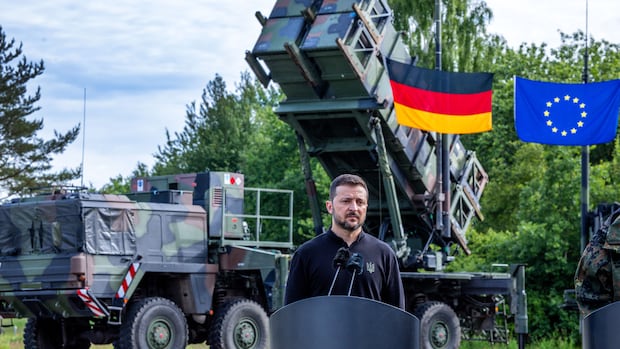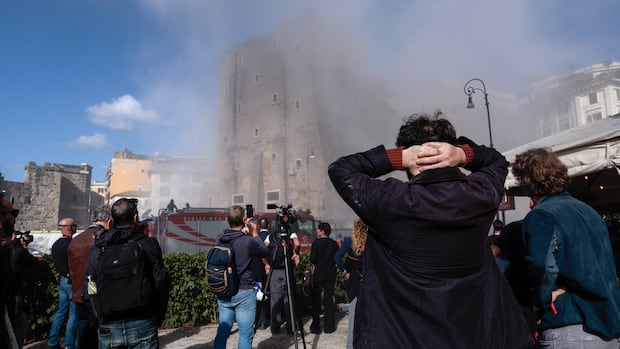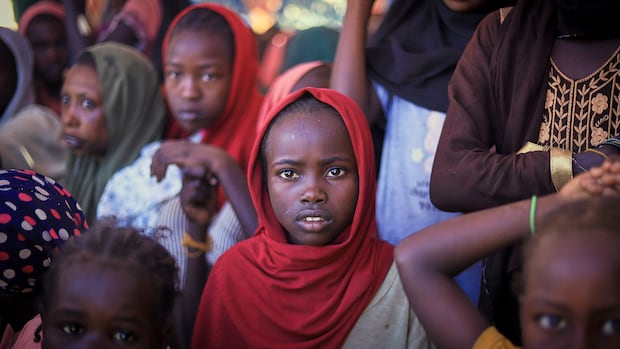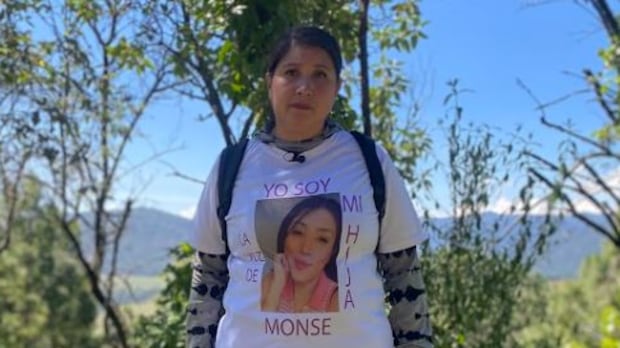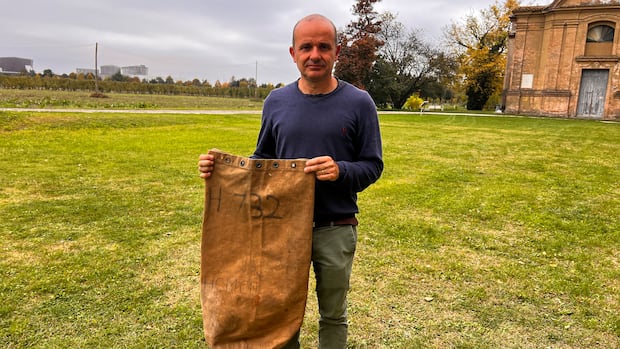The world's leading authority on food crises says it has detected famine in two areas of war-torn Sudan, including the city of El Fasher, where paramilitary groups have reportedly been carrying out mass killings.
In its report Monday, the Integrated Food Security Phase Classification (IPC) said famine is occurring in El Fasher and Kadugli, cities in the Darfur region and South Kordofan province, respectively.
The IPC says both areas have suffered "total collapse of livelihoods, starvation, extremely high levels of malnutrition, and death."
Twenty other areas in Darfur and South Kordofan, where fighting has intensified in recent months, are also at risk of famine.
El Fasher had been under siege by the paramilitary Rapid Support Forces (RSF) for 18 months, cutting off much of the food and other supplies to tens of thousands of people inside. Last week, it seized the city, reportedly unleashing a wave of killings and attacks on the population that killed hundreds, though the scope of the violence is still unclear, with little to no communications to the region.
Since the city fell, reports and videos have circulated of RSF atrocities against civilians including beatings, killings and sexual assaults, according to testimonies by civilians and aid workers. The dead included at least 460 killed at a hospital, according to the World Health Organization.
 Sudanese men who fled El Fasher city collect water at a camp in Tawila, Sudan, on Saturday. (Mohammed Bakry/The Associated Press)
Sudanese men who fled El Fasher city collect water at a camp in Tawila, Sudan, on Saturday. (Mohammed Bakry/The Associated Press)Kadugli has also been under RSF siege for months, with tens of thousands of people trapped inside, as the group tries to seize further territory from its rival, the Sudanese military.
The World Food Program said in April famine had been confirmed in 10 areas, according to IPC data.
Sudan has been torn apart since April 2023 by the fight for power between the military and RSF. More than 40,000 people have been killed, according to UN figures, but aid groups say that is an undercount and the true number could be many times higher. The war has driven more than 14 million people from their home, fuelled disease outbreaks and pushed parts of the country into famine.
WATCH | No access to food and water:Mirjana Spokjaric, president of the International Committee of the Red Cross, says tens of thousands of people have fled El Fasher, but many more are assumed to still be there with no access to critical supplies.On Monday, a United States envoy said the U.S. is working with both sides in Sudan's war for a possible humanitarian truce. The announcement came as International Criminal Court prosecutors said they are trying to preserve evidence from last week's rampage through a besieged city in the Darfur region.
In total, about 375,000 people have been pushed into famine in Darfur and South Kordofan as of September, the report said. Another 6.3 million people across the country are facing "emergency' levels of food insecurity.
Save the Children said in September that food supplies had run out in Kadugli, where it said fighting had escalated. It said tens of thousands have been driven from their homes, many fleeing to other parts of the city because of roadblocks blocking escape.
WATCH | Exodus from El Fasher:WARNING: Video contains distressing details | Thousands of people have attempted to flee El Fasher in Sudan’s Darfur region after the city fell to a paramilitary group in a violent siege.On the IPC's five levels of food insecurity, famine, or Phase 5, is determined in areas where at least one in five people or households severely lack food and face starvation and destitution, at least 30 per cent of children under five suffer from acute malnutrition and deaths from malnutrition-related causes reach at least two people, or four children under age five, per 10,000.
The IPC has only confirmed famine a few times in the past, most recently in northern Gaza earlier this year amid Israel's campaign against Hamas. The other locations have been in Somalia in 2011, and South Sudan in 2017 and 2020, and last year in parts of Sudan's western Darfur region.
Another South Kordofan town, Dilling, has reportedly experienced the same conditions as Kadugli, but the IPC didn't announce famine there for lack of data, the report said. Since the military retook the capital Khartoum earlier this year, the RSF has turned its focus to completing its hold on the Darfur region in the west and on taking South Kordofan to secure supply lines toward the country's centre.
International Committee of the Red Cross (ICRC) President Mirjana Spoljaric said tens of thousands of civilians are believed to still be trapped in El Fasher.
"[They] have no access to food, water or medical assistance that they need very urgently," Spoljaric told Reuters over the weekend.
The report warned that other towns near El Fasher, including Tawila, Melit and Tawisha, are at risk of famine. Those three communities have received the largest share of people who fled El Fasher.
The IPC called for a ceasefire as the sole measure that "can prevent further loss of life and help contain the extreme levels of acute food insecurity and acute malnutrition."
LISTEN | 'Horrendous' escalation in Sudan:The Current11:07Sudan’s civil war escalates into ‘horrendous’ outcomes
The civil war in Sudan has been raging for more than 2 years now and the violence is only escalating. The paramilitary faction called the Rapid Support Forces pushed out the Sudanese army from most of Darfur, and have been accused of ongoing civilian massacres. It has become so bad, the results can be seen from space. Denise Brown is the United Nations Humanitarian Coordinator in Sudan who explains without intervention, the violence will continue unabated.



